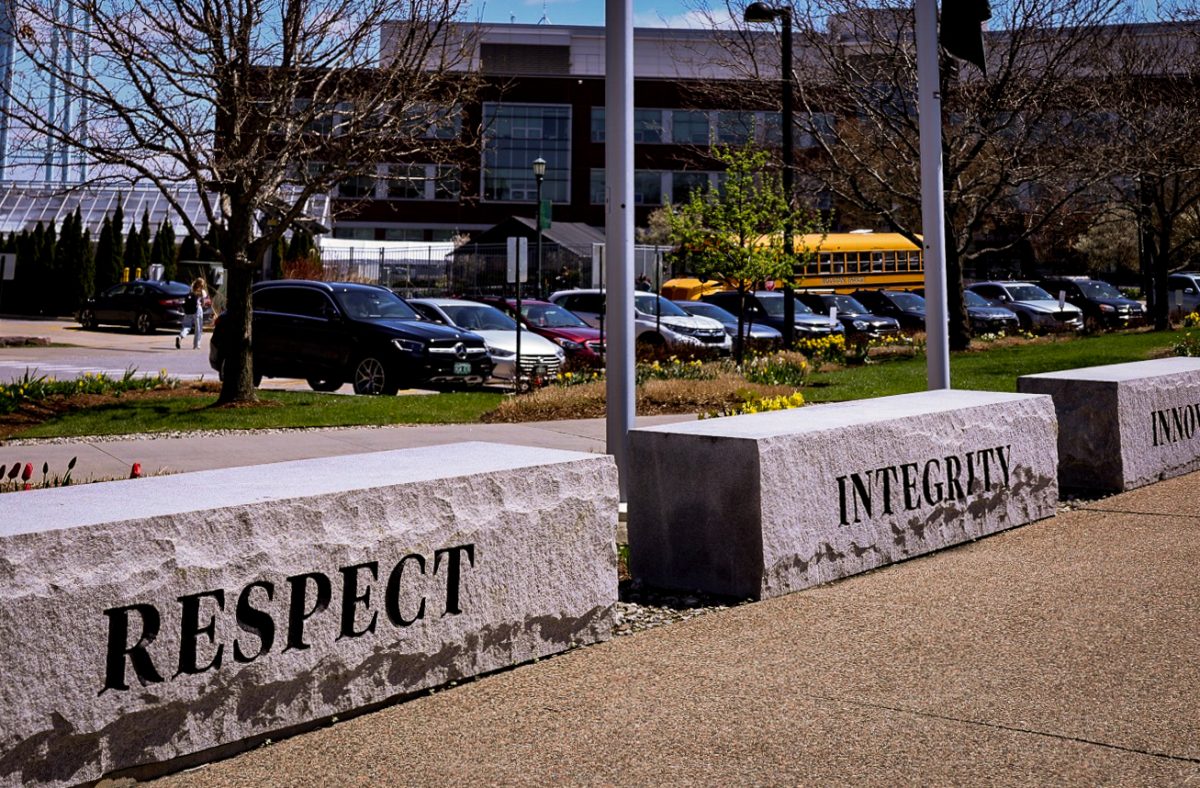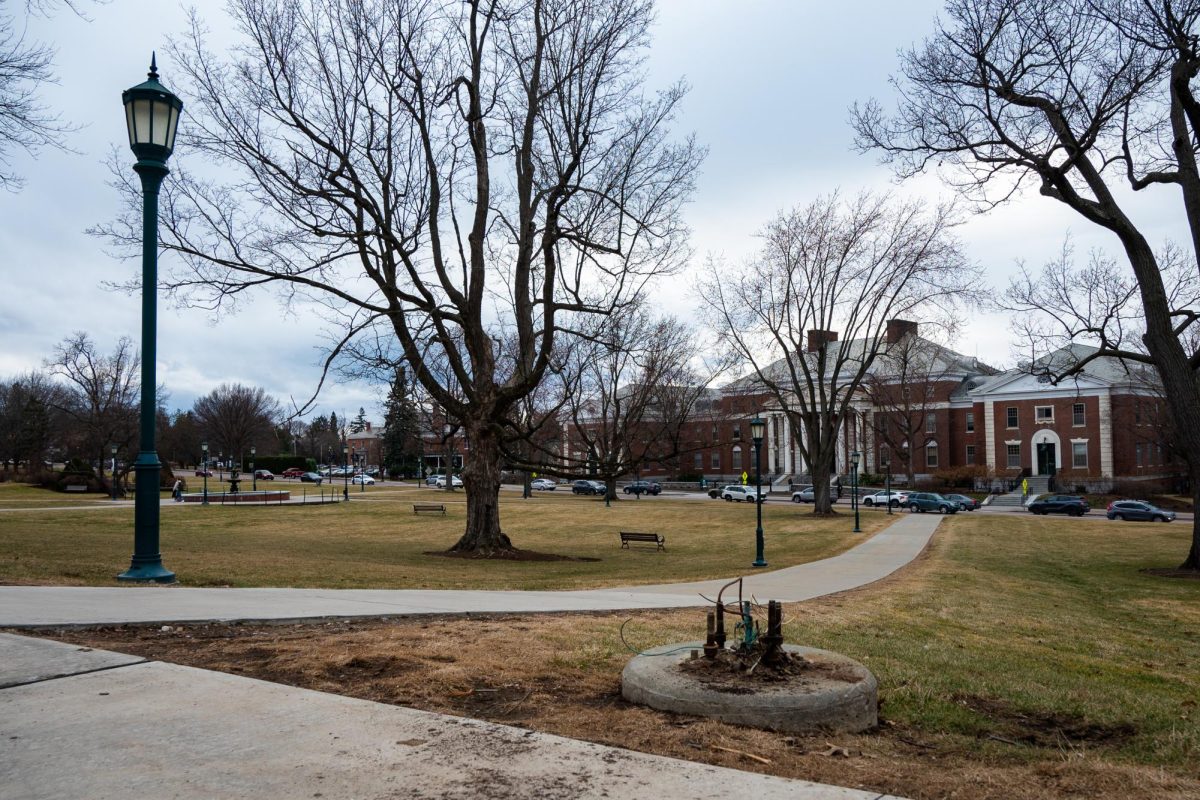The University will soon play a role in what might be one of the largest and most costly programs in United States history. UVM researchers will be helping the U.S. Department of Energy, IBM and Sandia Labs in bringing Smart Grid technology to the state of Vermont, said Juan Torres, Sandia Labs energy systems analysis manager. “Smart Grid is an ongoing development that hopes to utilize digital technology to improve the reliability, security and efficiency of the American power grid,” Torres said. Smart Grid technology is going to help each household use power more efficiently, he said. Torres said his hope is that partnering with the University will help promote the developing technology throughout the state. Torres, along with his colleagues at Sandia Labs has collaborated with university professors and graduate students to discuss the mathematics and statistical aspects of the project, he said. Assistant Professors Christopher Danforth and Paul Hines are currently helping Sandia Labs by developing ways to estimate and reduce the number of power failures in the U.S. by studying the Smart Grid technology in Vermont, Danforth said. After four months of researching with a supercomputer, he said he and his colleagues have discovered new ways to help reduce power failures both in the state and at UVM. “[The Smart Grid] has the ability to do cutting edge research with immediate impacts for our environment,” he said. The researchers of the technology said they hope to use power from idle hybrid cars, appliances that are not in use and lights that are automatically turned off when a room is unoccupied, in order to reduce power outages. The cost of starting this technology will be about $800 billion, Torres said. So far, the program has received $4 billion from the U.S. Department of Energy and taxpayers, he said. Torres said he believes that the benefits of the technology far outweigh the amount of funds spent on the project. “The technology would reduce costs by $49 billion per year and would optimize power grid efficiency,” Torres said.
Categories:
University is getting smart
April 4, 2011
0
More to Discover







